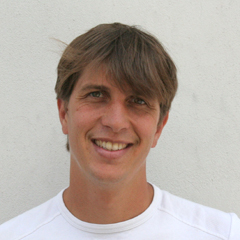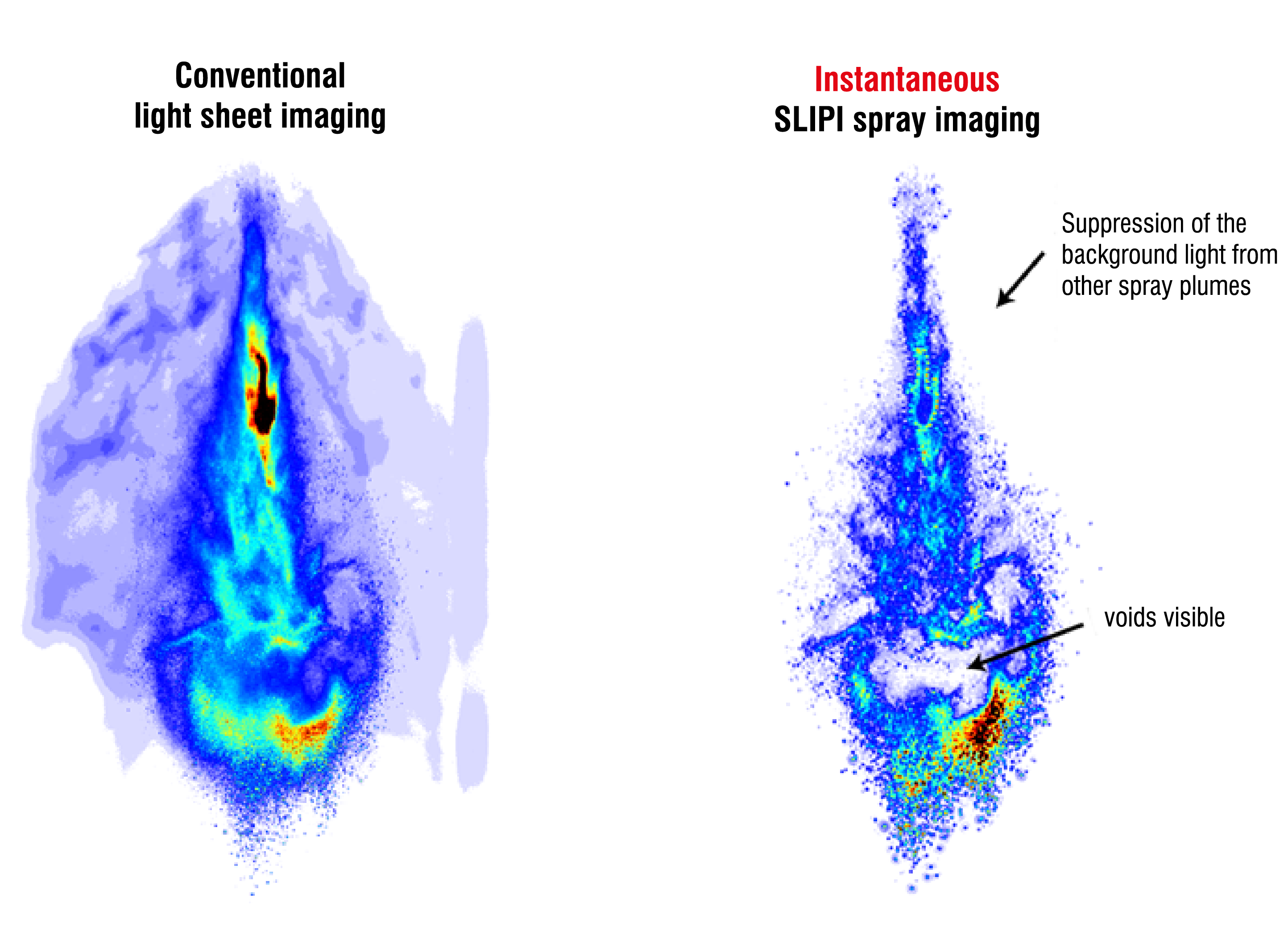Keynote lecture about SLIPI on Lisbon symposium
Monday, 27. June 2016
| The 18th International Symposium on Applications of Laser and Imaging Techniques to Fluid Mechanics in Lisbon, often referred to simply as the "Lisbon Symposia", have been persistently providing forums for promoting the interchange of new ideas on the development of advanced techniques for flow measurement and on the latest applications in the field. |
 |
 |
Keynote lecture about SLIPI We are proud to announce that our cooperation partner from Lund University, Edouard Berrocal, will give the keynote lecture ?Structured Laser Illumination Planar Imaging: New horizons for the study of spray dynamics, thermometry and droplet sizing? about the latest trends in SLIPI. |
SLIPI improves spray imaging
Structured Laser Illumination Planar Imaging (SLIPI) is a nowadays established technique in planar laser imaging to remove imaging artifacts arising from higher order scattering in 2-phase fluids, such as sprays. Multiple light scattering inside the measurement area in the past leads to misleading results, especially when applied to 2-color ratiometric methods like LIF/Mie. Using SLIPI instead, the quality of results from planar Sauter mean diameter spray imaging is drastically improved.

Example of a single spray stroke, using conventional light sheet imaging (left) and instantaneous SLIPI (right). The images show an Ethanol spray for biofuel investigations recorded at the LTT Erlangen.
Instantaneous SLIPI for single-shot imaging
The SLIPI technology now evolved to be a simple-to-apply add-on for existing spray imaging systems. Latest innovations like the patent pending instantaneous 2p-SLIPI enable time-resolved quasi-single-shot measurements. Presented examples prove the application of this novel approach, opening new horizons for the study of spray dynamics, single-shot droplet sizing and thermometry, even through optically dense situations.
Meet us at Lisbon
The symposium is held from July 4th to 7th at the Calouste Gulbenkian Foundation in Lisbon. LaVision will present innovative products and techniques during an exhibition and with paper contributions. More information about the symposium can be found here.

